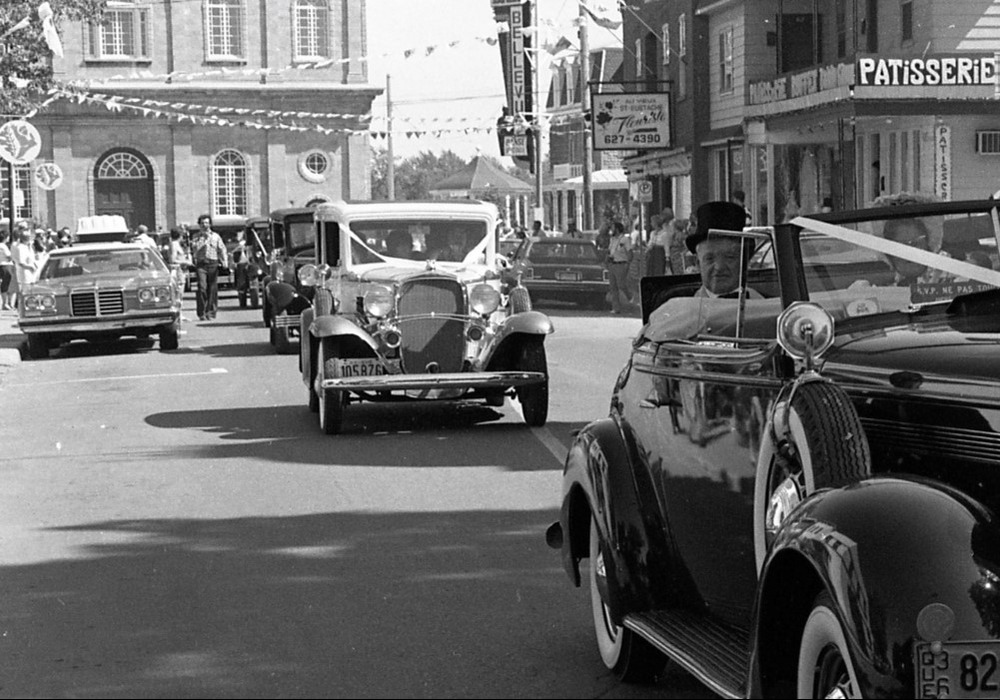
On September 7, 1891, two Ukrainian farmers, Vasyl Eleniak and Ivan Pylypiw, disembarked in Montreal. They traveled west and their encouraging reports on farming conditions prompted others to emigrate. Their encouraging reports on farming conditions in western Canada set off a tide of immigrants from Western Ukraine (Austria-Hungary) that became a flood after the publication of Professor Joseph Oleskiw’s book About Free Lands in 1895. Between 1891 and 1914, a total of 180,000 Ukrainians left their homeland for Canada, most of them landless peasants or peasants with small holdings who were promised “lots of land” by shipping companies and the Canadian government. Most settled in Manitoba and areas of the Northwest Territories that in 1905 became the provinces of Alberta and Saskatchewan.
In the early years Ukrainians were known by several names such as Ruthenians, Rusins, Carpatho-Rusins, Galicians, Lemkos and Bukovinians. These pioneers brought with them foods such as borshch beet soup, perogies (varenyky), cabbage rolls (holubtsi), kasha (buck-wheat), kolach (chala), and bublyky (bagels) that today are familiar favorites on the Canadian menu.
Unlike the Mennonites, Icelanders, and Russian Doukhobors, the early Ukrainian settlers received no financial assistance from the Canadian government. In fact, the government dumped trainloads of Ukrainians in the prairie wilderness and abandoned them to survive as best they could. The youngest suffered most. In the NWT colony, 40 per cent of infants under two years of age died.
Life for these early Ukrainian settlers was extremely difficult. The agricultural season was short and many had to work in coal mines, in lumber camps and on the railroad laying tracks to supplement their incomes. But survival was made easier by the bloc settlements of Ukrainians that stretched in a belt from southeastern Manitoba northwest into Saskatchewan and Alberta, culminating in the 5,000-square-mile Ukrainian settlement around Vegreville northeast of Edmonton. These communities eased the integration of every new wave of Ukrainian immigrants into Canadian life until the New Canadians could survive on their own.
The Ukranian culture flourished in Canada through rural and urban community institutions modeled on similar associations in the Ukraine. In 1897, the first Ukrainian Orthodox Church was built in Gardenton, Manitoba; in 1898 the first Ukrainian Catholic church was erected in Star, Alberta. Bilingual public sch

